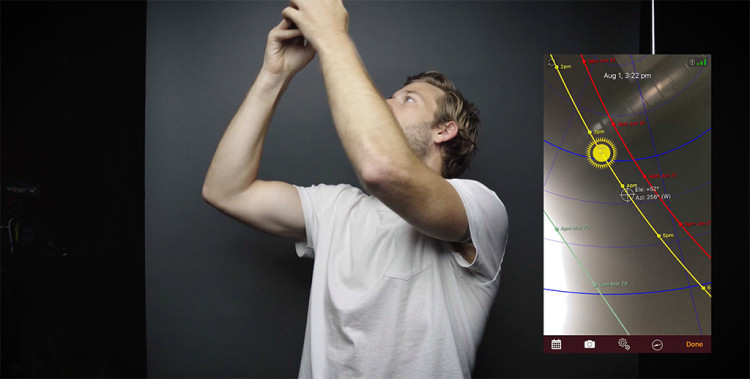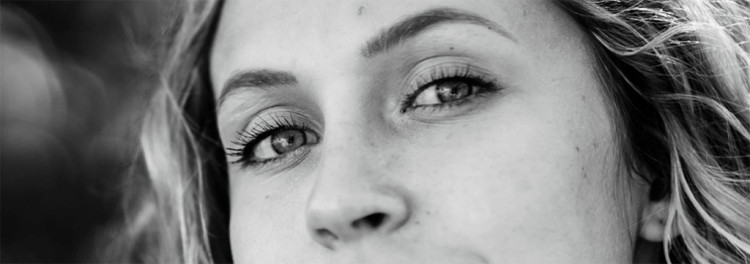Black and White Photography: Understanding Shadows and Color
In this video tutorial, find out what you need to know about shooting black-and-white photography before planning your next project.
Whether you’re a veteran photographer or just picking up a camera for the first time, conquering black-and-white photography can be challenging. This is especially true in a world with such easy access to incredible cameras and sensors. The prevalence of black-and-white photography has diminished on platforms like Instagram and Pinterest, which seem to favor bright, energetic photos, but that doesn’t mean the potential of a black-and-white photo is lost. Here are a few ways to make your black-and-white photos stand out, while staying true to your photographic style.
Understanding Shadows
 Understanding black-and-white photography is understanding the difference between darkness and light. How do you identify and work with darkness and light? It starts with the concept of light and the timing and direction of it. Good black-and-white photography features a perfect contrast from dark to light, creating a one-of-a-kind shot that creates a story using tone, the subject, and the surrounding.
Understanding black-and-white photography is understanding the difference between darkness and light. How do you identify and work with darkness and light? It starts with the concept of light and the timing and direction of it. Good black-and-white photography features a perfect contrast from dark to light, creating a one-of-a-kind shot that creates a story using tone, the subject, and the surrounding.
A good way to track shadows for your shoot is by using an app called Sun Seeker. By simply tracking and displaying a 3D projection of the sun’s path, the app will let you know where the sun will be throughout the course of the day. It will also show you where it will be on any future dates. This is an excellent resource for anybody who needs to plan and schedule your shoot according to the light.
(If you want to do this the old-fashioned way, you can use an analemma, but that’s a different article.)
Shooting with Color
 Black and White Photography: Understanding Shadows and Color — Shooting with Color
Black and White Photography: Understanding Shadows and Color — Shooting with Color
One trick of the trade is to shoot the pictures in color. This will give you more room in the edit to change the lighting and shades in your picture. Whether you use Lightroom, Snapseed, or Dark Room, you can use these programs to control the colors, allowing more precision when editing your photos. In the example above, I focused heavily on her eyes because they are naturally very blue. So if you expose your image properly, you’ll have more wiggle room to craft the image how you’d like for a finished product that works for you.
Composition
 Black and White Photography: Understanding Shadows and Color — Composition
Black and White Photography: Understanding Shadows and Color — Composition
Learning how to compose a shot can take time. Even if you’re shooting color pictures, the subject and framing of your picture has to be interesting enough to draw the audience in. Removing color only makes that task more difficult. So, what I like to do is find rough, grainy, weathered backdrops and subjects to capture. Once you edit the picture and bring up the contrast, the shadows and angles of those textures will come to life in black and white, giving you a more unique, eye-catching picture. This eye-catching quality is a necessity when shooting black and white because it’s already so hard to make these images stand out against color photos.
For more on editing photos in Lightroom and how to approach the editing process, check out this tutorial:
Author lbaker
See also: Minimalist Food Photography
